No one becomes the world’s best pizza chef by chance. It takes courage, vision, years of dedication, and a good dose of humility. Franco Pepe, four-time Best Pizza Chef at The Best Chef Awards, featured on Netflix’s Chef’s Table, and author of an upcoming book, is the visionary behind Pepe in Grani, the pizzeria that revolutionized the world of pizza.
Since opening in 2012, he’s turned a beloved traditional dish into a true gourmet experience. His dough is of the highest quality, his ingredient selection obsessive, and his creative approach reimagines classic flavors with a contemporary twist.
Every day, travelers from around the globe make their way to Caiazzo, a small town in the province of Caserta, where Franco was born and chose to remain. They come to taste his pizza: more than just food, it’s a statement of Italian excellence where technique, passion, and tradition are perfectly balanced.
We met Franco Pepe to hear about his journey, his bond with Italy, and the places he loves the most. Here’s what he told us.

Franco, welcome! Let’s start with a question that can be a bit tricky, but we think it’s essential: who are you?
First and foremost, I’m Francesco. Today, everyone knows me as Franco Pepe, but it’s important to me not to lose that connection with Francesco—the man behind the public figure. I still feel like Francesco, and today I want to give him a voice too, bringing both sides of my identity together.
Alright, Francesco. Tell us more about your journey—where you come from and how it all started.
My story is one of flour, fermentation, bread, and pizza. I come from a family of bakers. My grandfather was already baking in the 1930s; during World War II, he distributed bread with ration cards. My father continued the tradition and opened a pizzeria in the '60s. That’s when I was born—I literally grew up inside that pizzeria. It was our home. My father used the oven for everything, even breakfast. My mother rarely cooked on the stove; it was all done in the oven. That flame was always there—it’s etched into my memory.
I always helped out however I could, even though I wasn’t making pizzas yet. In the meantime, I studied: I graduated from Italian Higher Institute of Physical Education (ISEF), with a focus on special education, and I even worked as a teacher for a while. I’d go to school in the morning and work at the pizzeria at night.
Then my father passed away suddenly. My two brothers—an architect and an accountant, and I, a teacher, had to decide whether to keep the business going. We chose to continue.
But I felt that the pizza world was evolving. Chefs were starting to collaborate with pizzaioli—something unthinkable 30 years ago. I suggested to my brothers that we innovate, but they weren’t on board. So, I left the family business, left teaching, and started over from scratch in a small alley in Caiazzo, with just my ideas and a handful of young helpers.
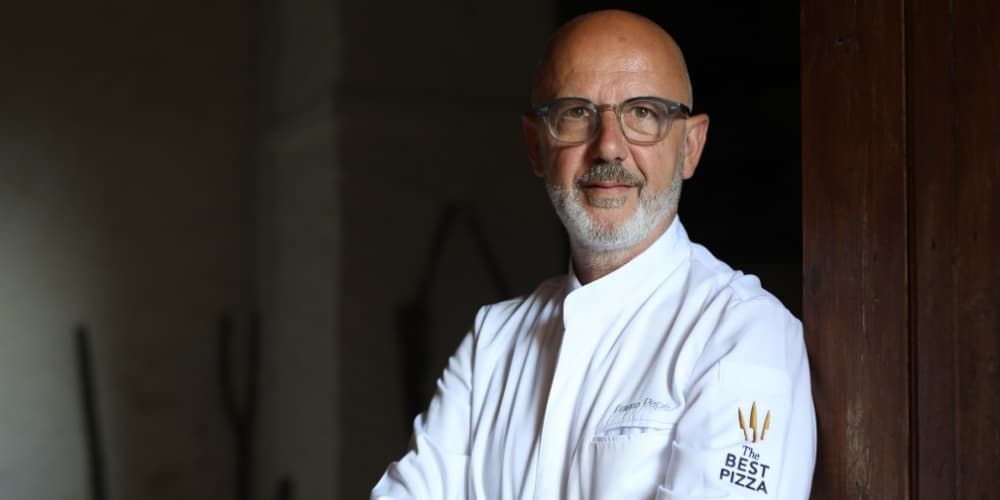
Today, that little alley draws hundreds of visitors from around the world daily. What’s your relationship with Caiazzo? Why did you choose to stay?
Because I love Caiazzo. I feel rooted here. I believe that if you’re truly connected to your land, you shouldn’t flee it, you should do something for it. I believed in that, even knowing it wouldn’t be easy. But problems exist everywhere—whether in Caiazzo, Rome, or Milan. So I thought: why not face them here?
Back in 2012, this area was labeled part of the “Land of Fires”. But I wanted to show that the upper Caserta region, its hills, and its local products deserve recognition. I began telling that story through my pizzeria.
What does it mean to you to promote places through pizza?
It means telling the story of a place through its ingredients. I designed my pizzeria to be different. It’s where fine dining meets pizza. We transform raw materials with attention to health and quality. In 2012, I brought in farmers and even a scientific team—including a nutritionist and an agronomist—to support the supply chain. We built a network.
Now, local products like the pomodoro riccio, Alife onions, and the native Caiazzo olive are the stars of my pizzas. These ingredients speak for the territory—along with a flour blend I selected that isn’t commercially available, to preserve its value.
Today we welcome 12,000–13,000 visitors each month. We even take guests on tours to discover the land, visit cheesemakers, and taste local products. I try to offer a full experience, something beyond just pizza.
I believe that if you’re truly connected to your land, you shouldn’t flee it, you should do something for it.
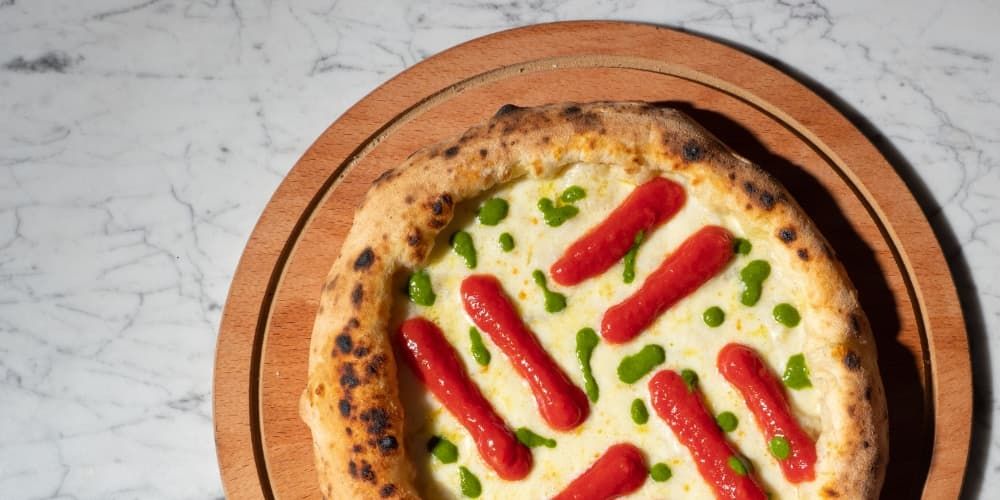
Let’s talk about pizza. Is there one that really tells your story?
There’s not just one. But if I had to choose, I’d say the Margherita Sbagliata—the “Wrong Margherita”. I wanted to reinvent the iconic Margherita and named it that way to say, “I’m doing something different”.
Another one that really reflects me is Memento: a creamy Alife onion base, local chickpeas, and a chilled cream added after baking… Each pizza is a memory of this land.
But the most meaningful one is my father’s: the calzone with raw chicory. Simple, yet deep—fragrant and full of emotion. I still haven’t managed to recreate it the way he did.
How do you see the future of your role?
I feel fulfilled. I’ve been honored twice as a Knight of the Republic—in 2019 and 2020—and I'm now officially recognized as Maestro and representative of Italy’s pizza world.
I’ve had unforgettable moments, like King Charles inviting me to represent Made in Italy in the UK this past February.
Now I want to give back. I’m working on a project in Brazil to help young people with no future—those for whom adoption or abandonment are often the only paths. I want to give them a chance to learn a craft and change their lives.
And the future of pizza, what does that look like to you?
I hope my functional menu becomes a model for the pizza of tomorrow: a healthy pizza. But to get there, we need to properly train pizzaioli. It’s not just about techniques or dough—it’s about real culinary knowledge. My vision is to bring haute cuisine into the world of pizza more and more.
In my team, pizza chefs work alongside cooks, transforming ingredients while respecting their quality. This is the future: a menu that’s delicious and nourishing. Now more than ever, we need to care about what we eat. Pizza is one of the most widely consumed foods in the world. Through food, we can prevent many health issues. So even pizza must evolve into a healthier dish, without sacrificing flavor.
Through food, we can prevent many health issues. So even pizza must evolve into a healthier dish—without sacrificing flavor.
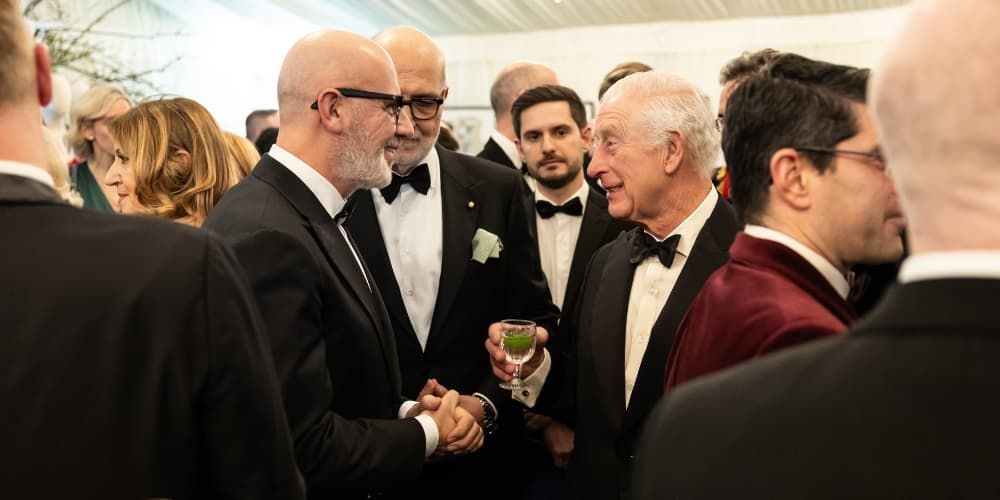
What’s your relationship with Italy?
Every time I travel abroad, I get invited by Italian ambassadors—it's happened in Bogotá, Madrid… It's such an honor to feel that, as a pizzaiolo, I represent Italy. Our craftsmanship is priceless, and I always aim to showcase it with authenticity and respect.
What does it mean to you to carry the responsibility of representing Italy abroad?
I feel it deeply every time I travel. I don’t just bring my name—I bring a message, a culture. I never go abroad without my ingredients, my flour blend. I refuse to show up just as a “name.” I bring my craft. That’s essential.
Here in Caiazzo, we welcome visitors from 12–13 different countries every day. I may not speak all their languages, but my dough speaks for me. It’s a universal language.
As a pizzaiolo, I represent Italy. Our craftsmanship is priceless, and I always aim to showcase it with authenticity and respect.
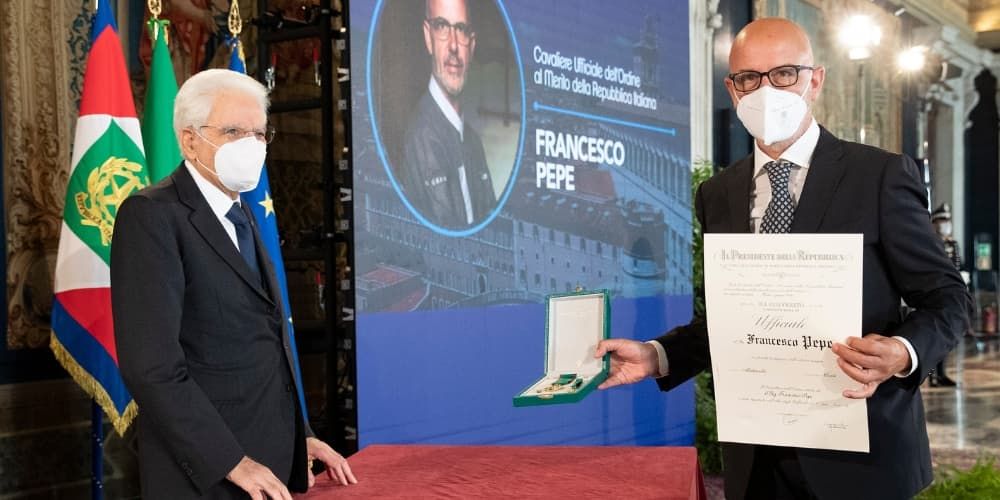
Which places in Italy are closest to your heart?
Whenever I return from abroad, I can’t wait to see my hills again. But all of Italy is extraordinary. Puglia, for example, has such a strong identity and its land is rich, and the ingredients are unique. I also hold Trentino dear. I raised my children in Selva di Val Gardena. There, you learn that water isn’t what comes in bottles, it’s what flows from mountain springs. And that makes all the difference in dough.
I’m always searching for special waters. I found one in Nitrodi, a little-known place with the world’s oldest thermal baths. The water comes out at 19°C from 230 meters above sea level. The Greeks and Romans used it for healing. I made a dough with that water, cutting salt and yeast by 50%. It’s so powerful that it even improves the nutritional quality of the pizza.
Is there a hidden gem in Italy you'd recommend to travelers?
The Matese. The 2,000-meter peaks of the Matese Regional Park are still off the radar for most. But it’s peaceful, pristine, and home to the springs that feed Caiazzo, Caserta, Naples. I forage wild herbs there and use them in my pizzas. It’s a magical place.
What’s one truly authentic experience to have in Italy—besides eating at Pepe in Grani, of course?
Going beyond the typical tourist spots and be open to discovery. 99% of Italy is still waiting to be explored. For instance, I brought my pizza to a resort in the desert of Basilicata. The real challenge I’ve embraced is taking my product not to where people already go—but to where I want to bring them. In northern Italy, I chose not to be in central Milan, but to open in Franciacorta, at L’Albereta. My aim is to shift both value and people toward places they might not know yet.
Just like you did in Caiazzo.
Exactly. And I’ll keep doing it, as long as I have the energy.
About the author
Written on 30/06/2025

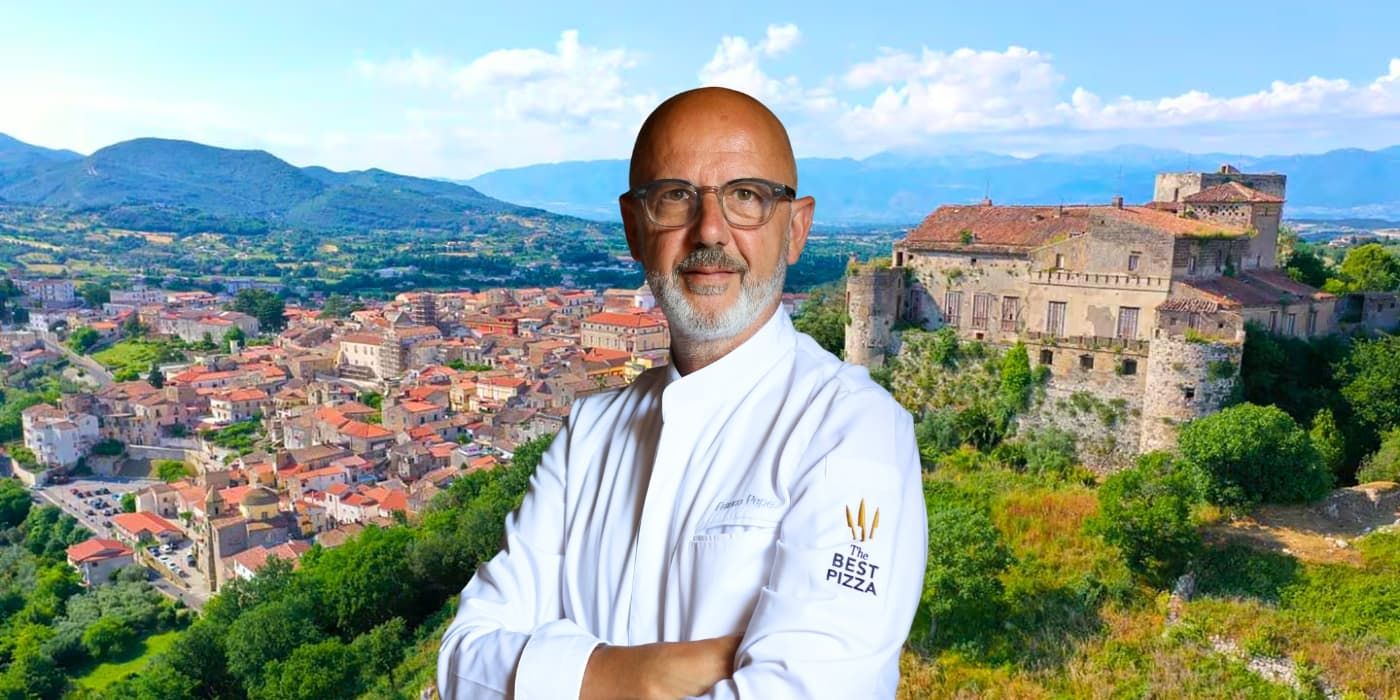

Benedetta Ricci
A journey through the scents and flavors of the world’s top pizza chef, Franco Pepe, as he shares the places closest to his hearts.